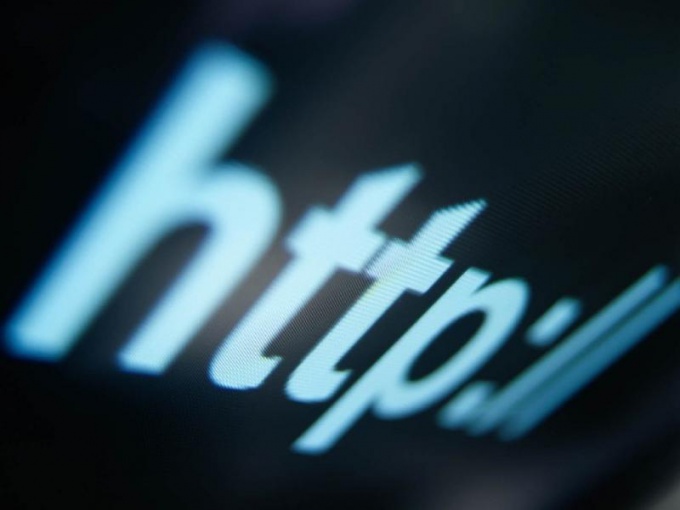Instruction
1
To avoid losing your account, personal data, money e-wallet or virtual credit card, be extremely careful. There are a few rules that will protect you from falling into a phishing site. With these rules you can verify the authenticity of the website in just a few seconds, if you suspect that something does not look right.
The first thing to do is to pay attention to the address bar. If the address of the website or the ending of its domain is different from the original ' portal at least one character – be aware that this site is not genuine. So, ' “kakprosto.ru” and kakpr0sto.ru” is not the same. Same thing with domain zones – “kakprosto.ru” and kakprosto.su” as you can see, the beginning of the URL match, and the end – no.
The first thing to do is to pay attention to the address bar. If the address of the website or the ending of its domain is different from the original ' portal at least one character – be aware that this site is not genuine. So, ' “kakprosto.ru” and kakpr0sto.ru” is not the same. Same thing with domain zones – “kakprosto.ru” and kakprosto.su” as you can see, the beginning of the URL match, and the end – no.
2
Second – if the website address starts with “HTTPS”, this means that the resource has a protected connection. Usually the address bar for such sites with HTTPS Protocol is highlighted with green color or label in the form of a castle. If you are used to seeing HTTPS in the site address and today it is not – not in a hurry to enter a username and password. Most likely, you are on the website-fake.
3
Third – look at the design of the website. If something looks "crooked" or any design elements do not fit into the overall style of the page, maybe this ad or viral banner, and the site, respectively, was spoofed through phishing.
4
A fourth way to protect yourself and your data from phishing authentication using Internet Security. You need to install a good quality antivirus which supports validation of the Internet channel and cleans incoming call on your computer traffic. Note that phishing sites appear more and more often, and so you need to constantly update the antivirus database.
